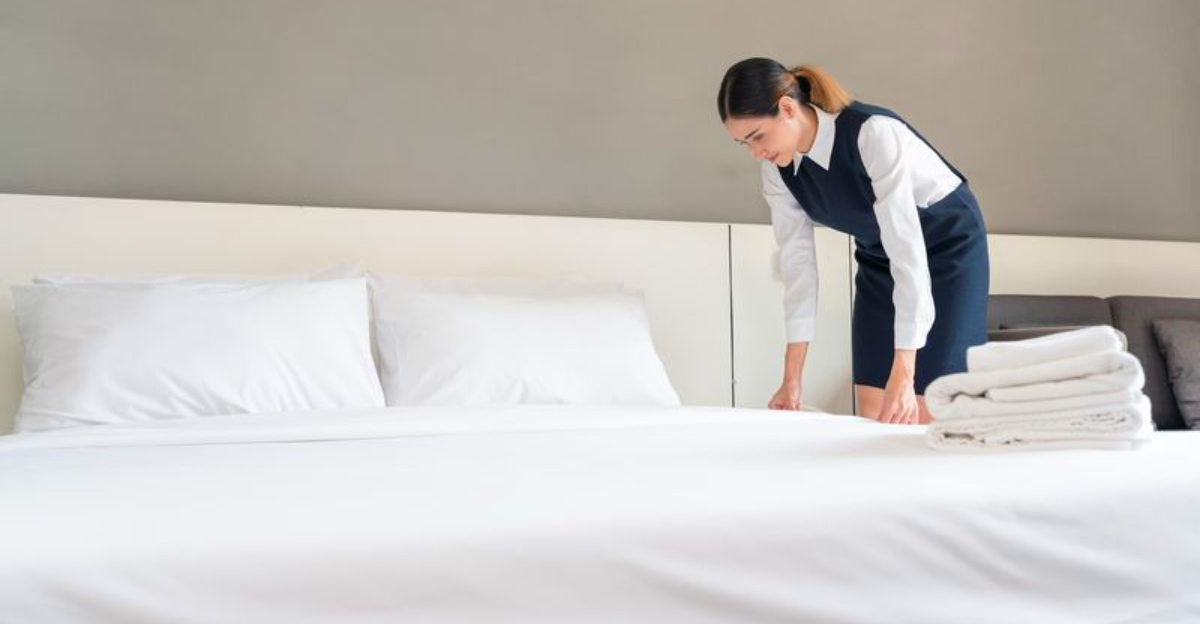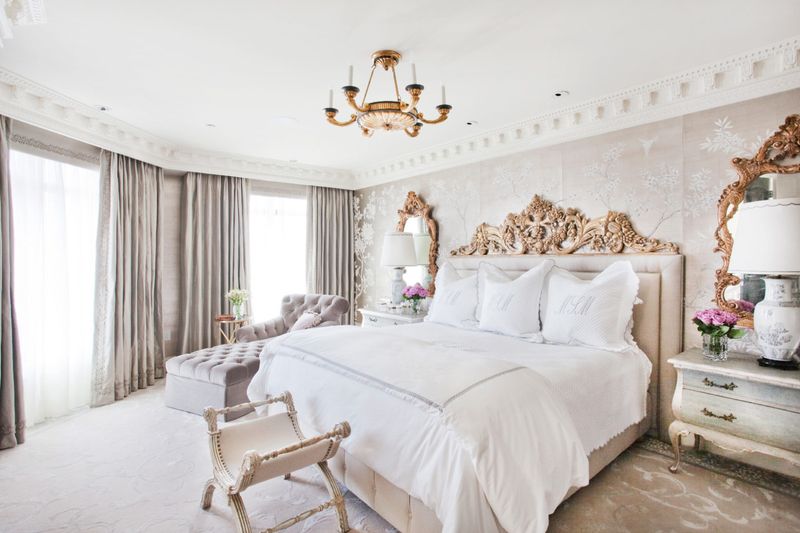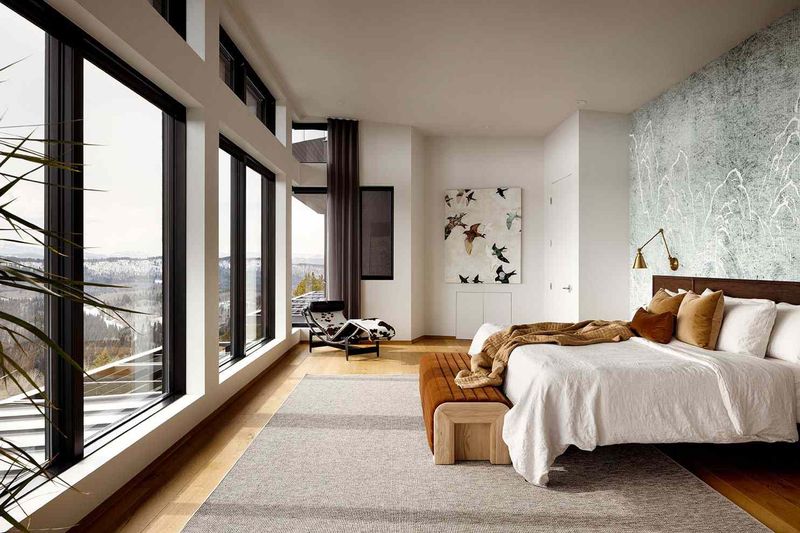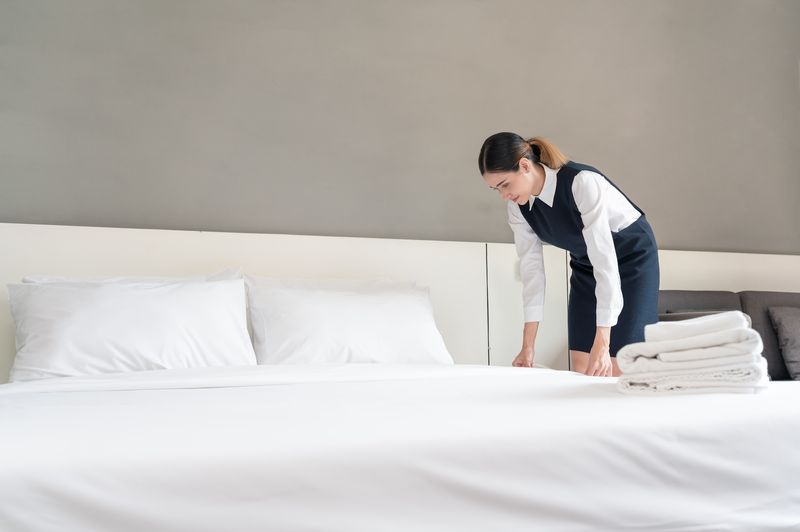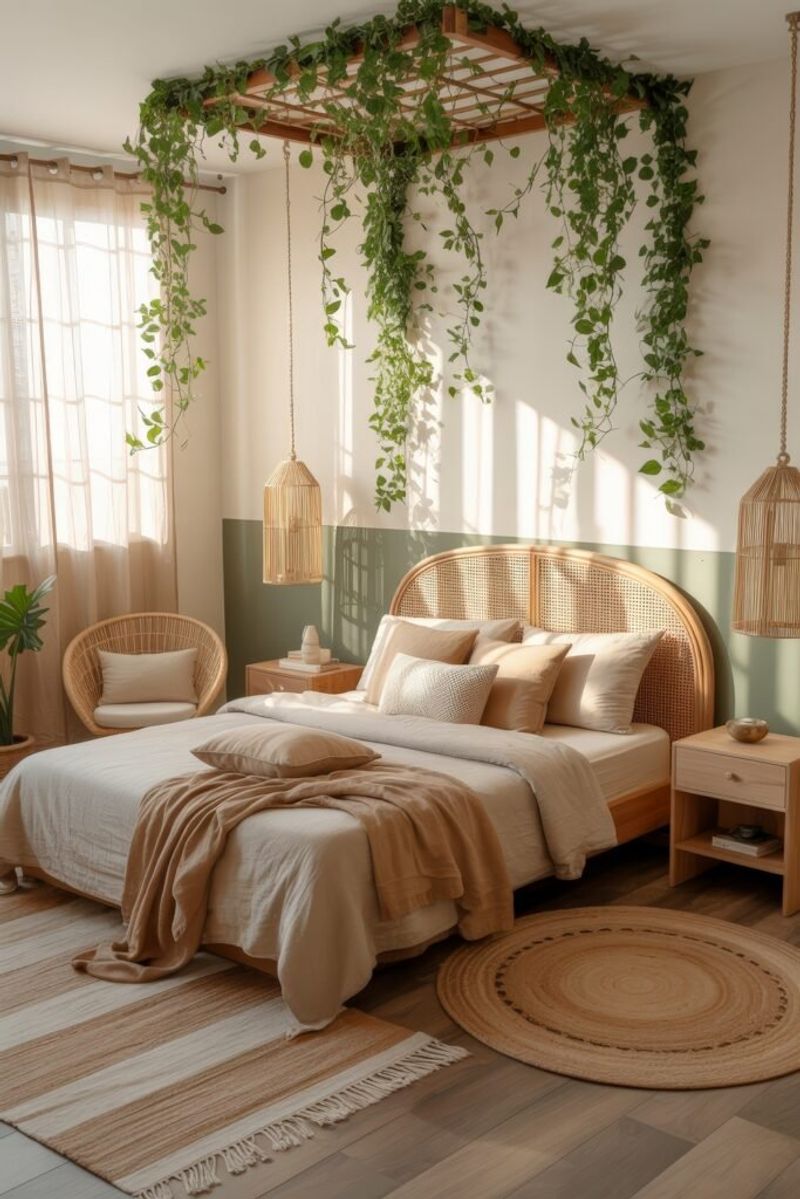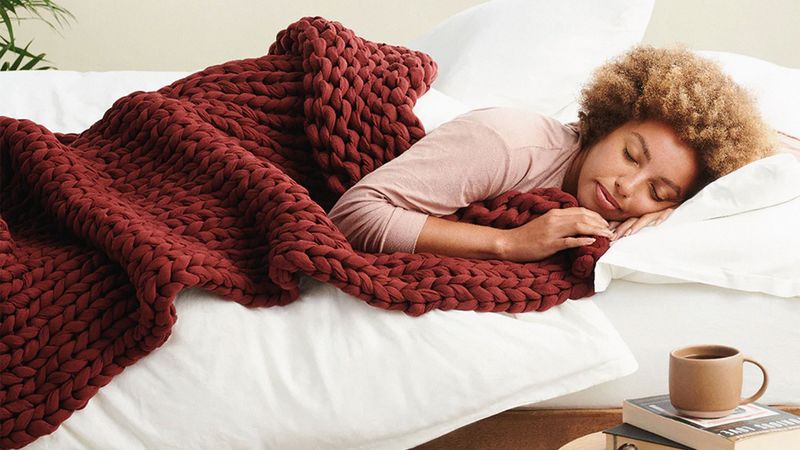Top hotels around the world are saying goodbye to the traditional duvet. Instead, they’re embracing a new approach to bedding that focuses on layers, personalization, and temperature control. This shift is changing how we think about luxury sleep and bringing hotel-quality comfort into our own homes.
Goodbye Duvet: The Shift in High-End Sleep Culture
Remember when a fluffy duvet was the hallmark of luxury accommodations? Those days are fading fast. Across Europe’s finest hotels, traditional comforters are being replaced by sophisticated layering systems that guests can customize to their liking.
This revolution isn’t just about appearances. Hotel designers have recognized that quality sleep depends on temperature regulation more than plushness. The heavy, one-temperature-fits-all duvet simply can’t provide the adaptability modern travelers expect.
The concept of luxury has evolved from opulence to personalization. By offering breathable sheets, lightweight quilts, and natural blankets, hotels allow guests to create their perfect sleep environment, whether they run hot or cold.
Personalized Sleep Becomes an Amenity
Pillow menus were just the beginning. Forward-thinking hotels now treat bedding as part of their customizable guest experience portfolio. When checking in at premium properties, don’t be surprised if you’re asked about your sleep preferences alongside your room service wishes.
Sleep experts have influenced this shift by emphasizing how airflow and temperature regulation affect sleep quality. Overheating is sleep’s enemy number one, and hotels are responding with breathable, natural fibers that adjust to body temperature.
Guests might find a selection of lightweight quilts, linen sheets, or even weighted blankets waiting in their rooms. Some properties are even installing bedside tablets to control not just room temperature but also bedding recommendations based on the forecast.
The Practical Side: Hygiene and Operations
Beyond guest comfort lies a practical reality: layered bedding systems make tremendous operational sense. Multiple lighter pieces can be washed more frequently and at higher temperatures than bulky duvets, addressing heightened hygiene concerns in our post-pandemic world.
Housekeeping teams appreciate the efficiency too. Changing and maintaining several light layers takes less physical strain than wrestling with cumbersome duvets and their covers. This results in faster room turnovers and reduced staff injuries.
The environmental impact shouldn’t be overlooked. Smaller linens require less water and energy to launder properly. Many hotels report significant utility savings after switching to layered systems, aligning with sustainability initiatives that increasingly matter to discerning travelers.
Nature-Inspired Design Transforms Bedroom Aesthetics
Textured throws cascading over the foot of the bed. Artfully arranged pillows in complementary earth tones. Crisp linen sheets with subtle, organic patterns. The visual appeal of layered bedding has become a cornerstone of luxury hotel design.
Interior designers celebrate how these natural elements create depth and dimension impossible to achieve with the uniform look of a duvet. Hotels now collaborate with textile artists to develop signature bedding collections that become part of their brand identity and create Instagram-worthy moments.
The sensory experience extends beyond sight. Natural fibers like cotton, linen, and wool offer distinctive textures and breathability that synthetic materials can’t match. This multisensory approach creates spaces that feel authentic and grounding—a welcome counterpoint to our increasingly digital lives.
Weighted Blankets: From Therapy Tool to Luxury Essential
The gentle pressure of a weighted blanket was once reserved for therapeutic settings. Now these sleep-enhancing covers have earned a place in luxury accommodations worldwide. The science is compelling: studies show the deep pressure stimulation can reduce anxiety while boosting serotonin and melatonin production.
Hotels haven’t simply adopted medical-grade blankets. They’ve reimagined them with premium materials like organic cotton, bamboo, and even cashmere. The weights are carefully calibrated—typically 10% of average body weight—and distributed using natural fillers like glass beads or millet hulls.
Guests appreciate having this option within a layered system, especially for power naps or during cooler seasons. Many report the subtle, comforting weight reminds them of a reassuring hug, creating an emotional connection to their accommodation.
